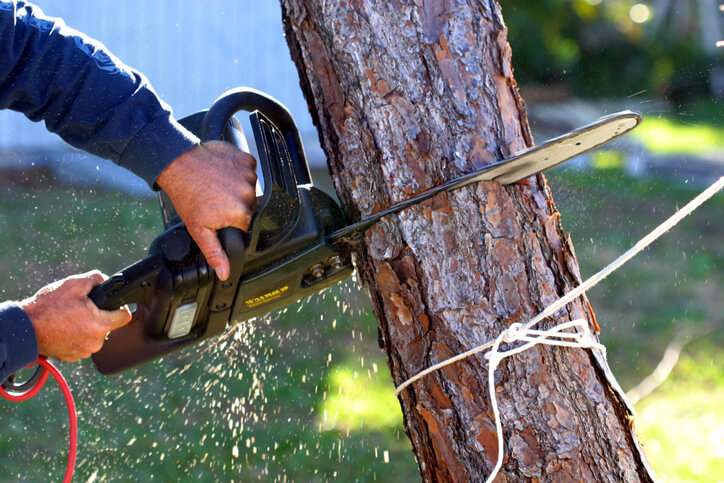TREE EDUCATION

Cutting down a tree is not an easy decision to make, but a necessary one sometimes. For instance, a dying tree can become hazardous if left unattended and cause expensive damages to your property. But how do you tell if a tree needs to be removed? Unfortunately, the answer is not so cut and dry. Trees are complex living beings, vulnerable to disease, stress, and old age — just like humans. They may not always display clear-cut signs that they’re hazardous or dead, but it’s best to proceed with caution.
If you suspect your tree to be hazardous, contact a reputable tree care company like SkyFrog Tree Service to request a free estimate. We’ll inspect your tree thoroughly for signs of damage and disease, and offer you fast and affordable tree removal services.
In the meantime, keep an eye out for the following telltale signs your tree needs to be removed.
The most noticeable sign that there’s something wrong with a tree is its branches. Even though it’s normal for a tree to shed branches occasionally, if you notice more shedding than usual, there could be a problem. In particular, look out for dead or overhanging branches in the tree’s upper crown. Similarly, if your tree has few leaves and buds left on its branches, it might be sick or dying.
Before giving up on your tree, however, consider scheduling pruning and dead wood removal services with a certified arborist. Depending on your tree’s condition, an experienced tree care professional could spring your tree back to life.
Having a lush landscape surrounding your property can be awe-inspiring. Still, too much foliage can make your yard look crowded and neglected. What’s worse, trees growing too close to each other or other plants might eventually struggle to get enough sunlight, water, and soil nutrients. With their growth stunted, trees are more likely to succumb to disease and pests, which, in turn, might make them hazardous.
To ensure your tree looks and feels its best, hire an arborist to remove any adjacent trees or plants that might be impeding its growth. Next time you want to plant a new tree on your property, schedule tree planting services with experienced arborists who will give your tree enough room to grow beautiful and healthy.
Trees come in various shapes and sizes depending on the species, but not all trees thrive in the same places. Live oak trees and southern magnolias, for example, do well in Florida’s warm climates. Brazilian pepper and Melaleuca trees, however, are invasive species harmful to native flora. If your property has an invasive tree or one that’s not suited for your type of climate, it might not grow as expected. Your tree may look weak or sick and harm nearby plants despite your best efforts to care and maintain it.
Not only would caring for such a tree be a waste of time and resources, but the tree could also attract pests, become hazardous, and fall on your property. If you think you have the wrong species of tree on your property or are unsure of which species works best in your area, contact an arborist right away!
If your tree is leaning, entangled in power lines, hollow, or split, contact an arborist immediately. Dead branches are relatively easy to remove, but a tree’s trunk is a whole other story. Any damages to the structural integrity of the trunk, however minor, will only worsen over time, so it’s best to act sooner rather than later. Hollow trunks do not always call for removal, but if more than one-third of the tree is hollow, it should be removed.
Even if the hazardous tree is far from your property, you should have it removed to prevent anyone from being injured and thus being subject to a lawsuit. Doing so is especially important for commercial and multifamily properties where pedestrian traffic is high. Have an old tree you’d like to keep? Contact us to learn more about our mature tree care services.
Have more questions about our tree care services? Check out our tree services FAQs page or call us to speak to a certified arborist — we’re happy to help!